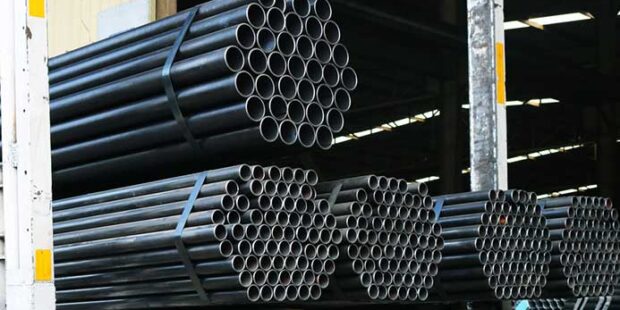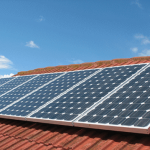
Welding nickel alloys pipes requires specialized techniques due to the unique properties and characteristics of these materials. Nickel alloys are widely used in industries such as aerospace, chemical processing, and power generation due to their excellent corrosion resistance, high temperature strength, and mechanical properties. Find here some common welding techniques used for nickel alloys pipes:
Gas tungsten arc welding (GTAW or TIG):
Gas tungsten arc welding, commonly known as TIG welding, is widely used for welding nickel alloys due to its precision and control over the welding process. TIG welding uses a non-consumable tungsten electrode to create the weld, while a separate filler metal may be added manually if required. This method produces high-quality welds with minimal spatter and distortion, making it suitable for thin-walled nickel alloy pipes.
Shielded metal arc welding (SMAW or Stick):
Shielded metal arc welding, or stick welding, is another method used for welding nickel alloys pipes, particularly in field applications or where access is limited. It uses a consumable electrode coated with flux to create the weld. SMAW provides versatility and can be used with a wide range of nickel alloy compositions and thicknesses. However, it may produce more spatters and require post-weld cleaning.
Gas metal arc welding (GMAW or MIG/MAG):
Gas metal arc welding, also known as MIG (Metal Inert Gas) or MAG (Metal Active Gas) welding, is suitable for welding thicker sections of nickel alloys pipes. It uses a consumable wire electrode and an inert or active gas shield to protect the weld pool from atmospheric contamination. GMAW provides high deposition rates and can be automated for increased productivity, making it suitable for larger diameter pipes.
Submerged arc welding (SAW):
Submerged arc welding is used for welding thick-walled nickel alloy pipes in a mechanized or automated process. It involves feeding a continuous wire electrode under a blanket of granular flux, which melts to form the weld. SAW produces high-quality, high-strength welds with deep penetration and minimal spatter. This method is often used for welding nickel alloy pipes in structural applications or heavy fabrication.
Electron beam welding (EBW):
Electron beam welding is a precise and efficient welding technique used for joining nickel alloys pipes in high-tech industries such as aerospace and nuclear power. It utilizes a highly focused beam of electrons to melt and fuse the metal, producing narrow, deep welds with minimal heat input and distortion. EBW requires specialized equipment and is suitable for welding complex geometries and dissimilar metals.





